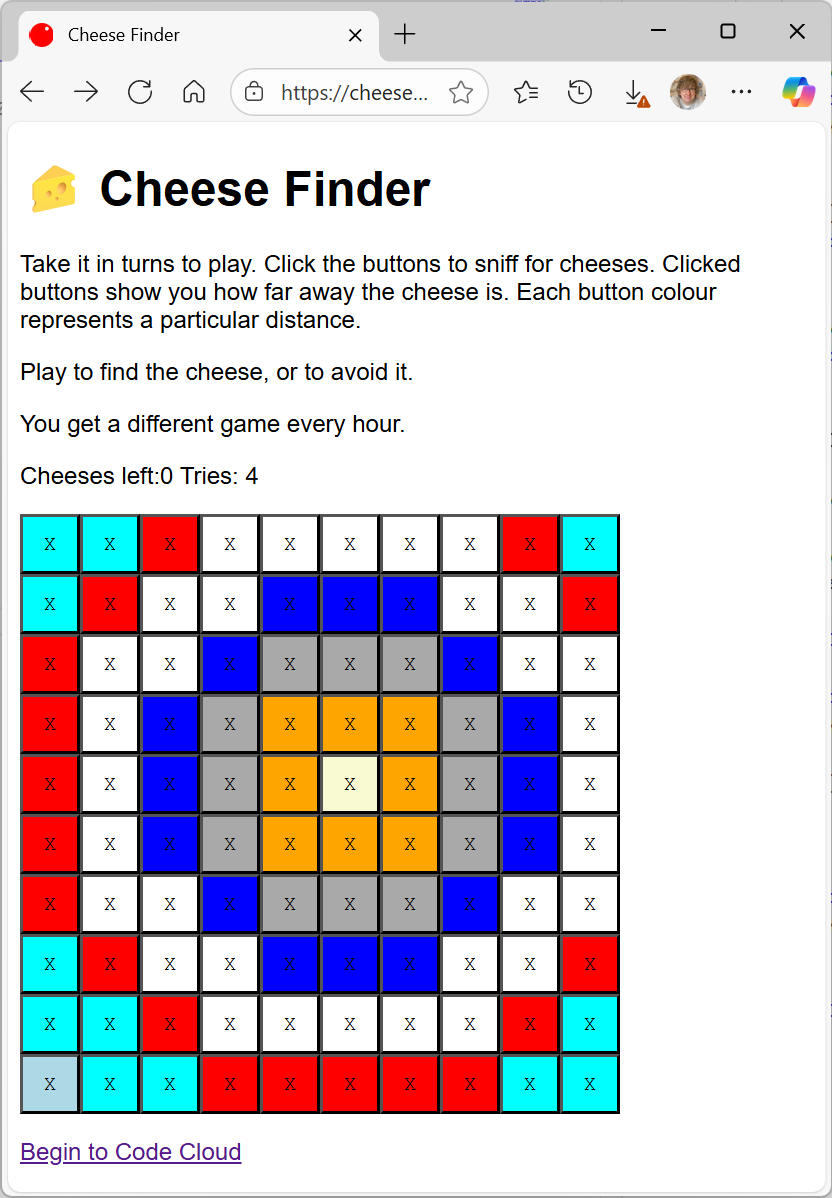Warren asked me for some words about the upcoming Hull Computer Science 50th Anniversary.
The celebration runs over Friday 11th October and Saturday 12th and takes place on the Hull University campus. We start with a welcome event on Friday evening, but the main celebration event is on Saturday 12th. We'll have robot rugby for the kids, research talks, campus tours, Hull Stories, Retro video games, embed you in carbonite with our 3D printers, slot car racing, and a 'Computer Science Welcome Party Redux' in the evening where you can relive your first departmental social engagement at Hull, complete with a dodgy quiz.
If you fancy a doing a bit of coding while you’re here, we'll also be running a Three Thing Game hackathon. Get your three 'game things' at our online event on the evening of Wednesday 9th of October and then spend as much time as you like building something impressive in our lab. We’ll be judging the games on Saturday afternoon and then presenting the winners that during the welcome party.
Ticket holders will get lunch and dinner on the Saturday, and those awfully nice folks at Visr (visr-vr.com) have put some money behind the bar for the evening celebrations. Why not come for the weekend and spend Sunday exploring the city or revisiting old haunts.
The event will formally start on Friday 11th of October at 6:00pm with a meetup on campus. A good place to meet up and unwind after your journey up to Hull. We'll be around to chat about the old times.
On Saturday morning our day of celebration starts at 11:00am with tours around the campus, or a coffee in the Bronte Brasserie. We'll have a memory board for pictures from the past (send us some if you want to be famous-ish) plus retro consoles to play on. After lunch we'll have a sequence of micro-talks, starting with an overview of current research activities and then moving onto stories from Hull past and present. If you've got something to tell we'd love to hear from you.
At 4:30 we'll award the prizes for the Three Thing Game competition and serve out the food. Then, at 7:00pm we start the evening's entertainments with a 'Welcome Party Redux'. If you've got fond memories of your first social gathering here this is your chance to relive them.
We're going to have a Welcome Quiz with fiendish questions, retro games, slot car racing we'll even 3D scan you and create an image of you in carbonite.
(this programme is slightly provisional and may be subject to change - especially if we can't find any carbonite)
You can find out more (and maybe even register) here.



























